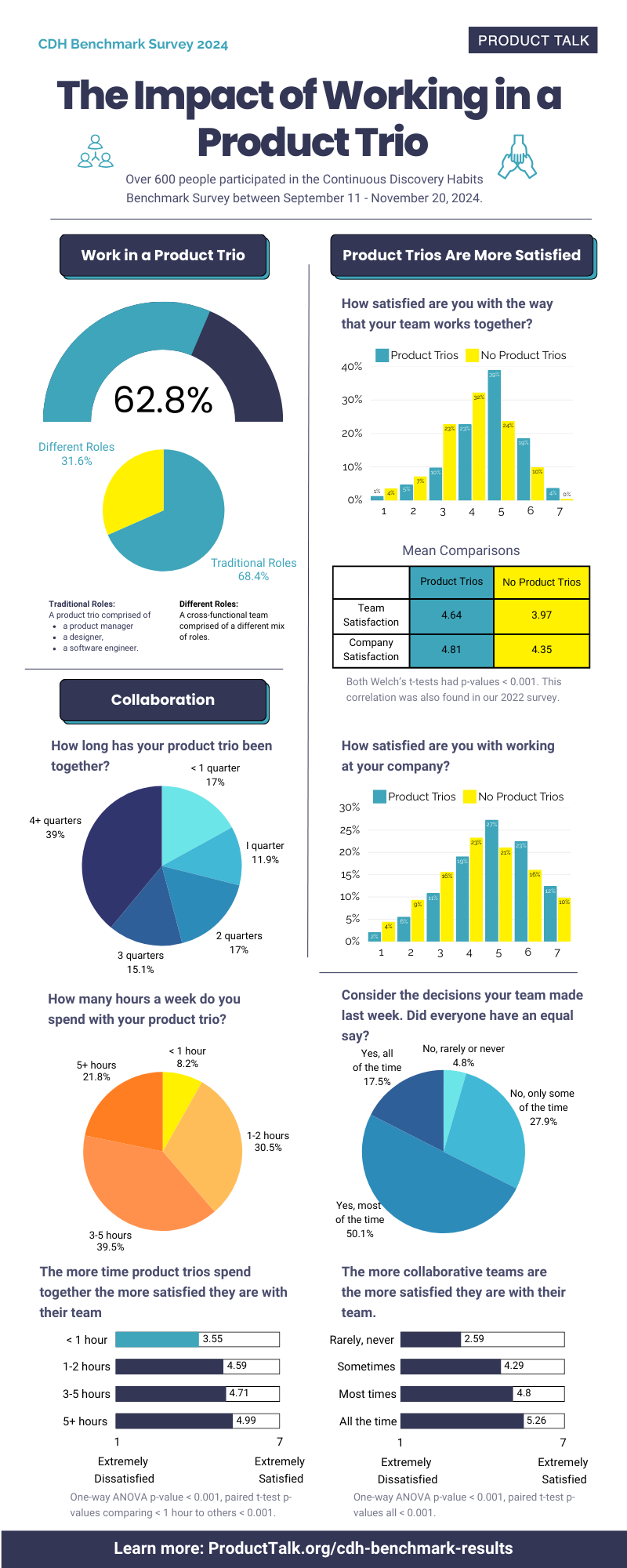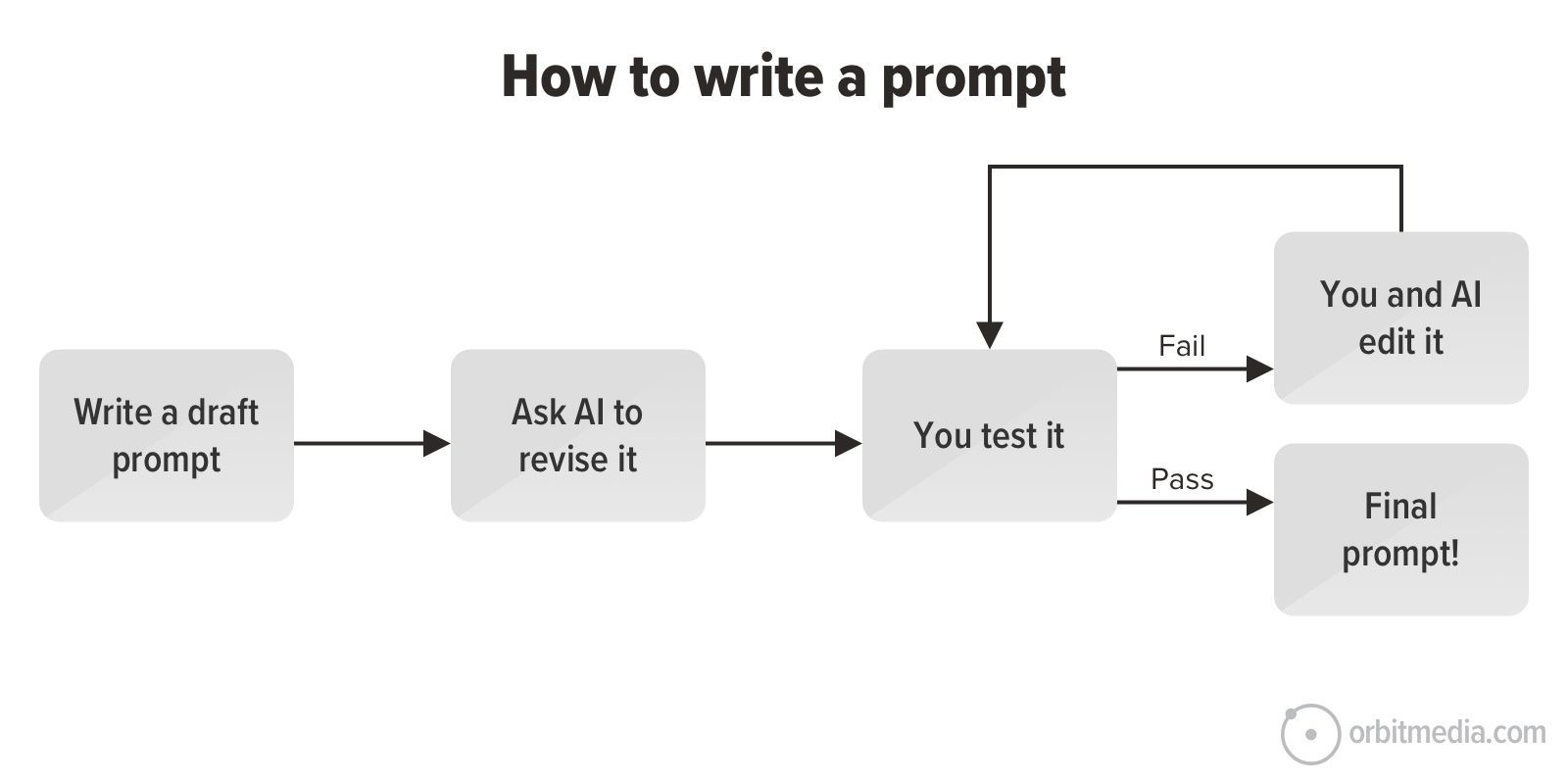Tag Tracking: Boost Efficiency & Accuracy in Digital Asset Management
Discover how tag tracking enhances digital asset management, improves marketing efficiency, and ensures data accuracy. Learn best practices & tools today!

Introduction
In today’s data-driven world, businesses rely on accurate tracking to measure performance, optimize campaigns, and enhance user experiences. Tag tracking is a crucial component of digital asset management, enabling organizations to monitor interactions, gather insights, and refine strategies.
But what exactly is tracking, and why does it matter? This comprehensive guide explores the fundamentals, benefits, best practices, and top tools for effective tracking—helping you maximize efficiency and accuracy in your digital operations.
What Is Tag Tracking?
These tracking refers to the process of monitoring and managing tracking tags—snippets of code embedded in websites, apps, or digital assets to collect data. These tags help businesses track user behavior, conversions, ad performance, and more.
Common types of tracking tags include:
-
Google Analytics Tags – Measure website traffic and user engagement.
-
Facebook Pixel – Tracks ad performance and retargeting.
-
Heatmap Tags – Analyze user interactions (e.g., clicks, scrolls).
-
Conversion Pixels – Track sales and lead generation.
Why Tag Tracking Matters
-
Data Accuracy – Ensures reliable insights for decision-making.
-
Marketing Optimization – Improves ad targeting and campaign performance.
-
Compliance & Security – Helps manage tags in line with privacy laws (e.g., GDPR, CCPA).
Key Benefits
1. Enhanced Marketing Performance
By tracking user interactions, businesses can refine ad spend, retarget effectively, and boost ROI. For example:
-
A study by HubSpot found that companies using tag-based tracking saw a 20% increase in conversion rates.
2. Improved Data Governance
Unmanaged tags can slow down websites and create security risks. These tracking ensures:
-
Faster Load Times – Reduces redundant or broken tags.
-
Regulatory Compliance – Prevents unauthorized data collection.
3. Better User Experience
Accurate tracking helps personalize content, leading to higher engagement. According to Epsilon, 80% of consumers prefer brands that offer personalized experiences.
Best Practices for Effective Tag Tracking
1. Use a Tag Management System (TMS)
A Tag Management System (TMS) like Google Tag Manager (GTM) or Tealium simplifies tag deployment without manual coding. Benefits include:
-
Centralized Control – Manage all tags in one place.
-
Quick Updates – Deploy changes without developer help.
2. Audit Tags Regularly
-
Remove outdated or duplicate tags.
-
Check for tag errors affecting site speed.
3. Ensure Compliance with Privacy Laws
-
GDPR & CCPA require explicit user consent for tracking.
-
Use cookie consent banners and tag suppression for compliance.
4. Monitor Tag Performance
-
Use tools like ObservePoint or Screaming Frog to detect broken tags.
-
Track how tags impact page load speed (Google PageSpeed Insights).
Top Tag Tracking Tools in 2024
|
Tool |
Key Features |
Best For |
|
Google Tag Manager (GTM) |
Free, integrates with Google Analytics, easy-to-use UI |
Small to large businesses |
|
Tealium iQ |
Enterprise-level, AI-powered tag management |
Large corporations |
|
Adobe Experience Platform Launch |
Advanced analytics, seamless Adobe integration |
Marketing teams |
|
Segment |
Customer data platform (CDP), real-time tracking |
E-commerce & SaaS |
|
Matomo |
Open-source, privacy-focused analytics |
GDPR-compliant businesses |
Common Tag Tracking Challenges & Solutions
1. Tag Bloat
Problem: Too many tags slow down websites.
Solution: Regularly audit and remove unnecessary tags.
2. Data Discrepancies
Problem: Inconsistent data across platforms.
Solution: Use a single source of truth (e.g., a CDP).
3. Security Risks
Problem: Malicious tags can steal data.
Solution: Implement tag approval workflows in your TMS.
Future
Emerging trends include:
-
AI-Powered Tagging – Automated tag suggestions and error detection.
-
Server-Side Tagging – Improves speed and security by processing tags on servers.
-
Privacy-First Tracking – Zero-party data collection and cookieless tracking.
Conclusion
Tag tracking is essential for data accuracy, marketing efficiency, and compliance. By leveraging tag management systems, conducting regular audits, and adopting best practices, businesses can optimize performance while maintaining user trust.
Ready to enhance your tracking strategy? Start with Google Tag Manager or explore enterprise solutions like Tealium for seamless tag management.













































































































![Building A Digital PR Strategy: 10 Essential Steps for Beginners [With Examples]](https://buzzsumo.com/wp-content/uploads/2023/09/Building-A-Digital-PR-Strategy-10-Essential-Steps-for-Beginners-With-Examples-bblog-masthead.jpg)














![How to Use GA4 to Track Social Media Traffic: 6 Questions, Answers and Insights [VIDEO]](https://www.orbitmedia.com/wp-content/uploads/2023/06/ab-testing.png)









![Technical Sourcer [United Kingdom] at Olo](
https://nodesk.co/remote-companies/assets/logos/olo.e9c56827507b669046f71750846f8032542be84192a2248413f8421b2e5a2769.jpg
)


























